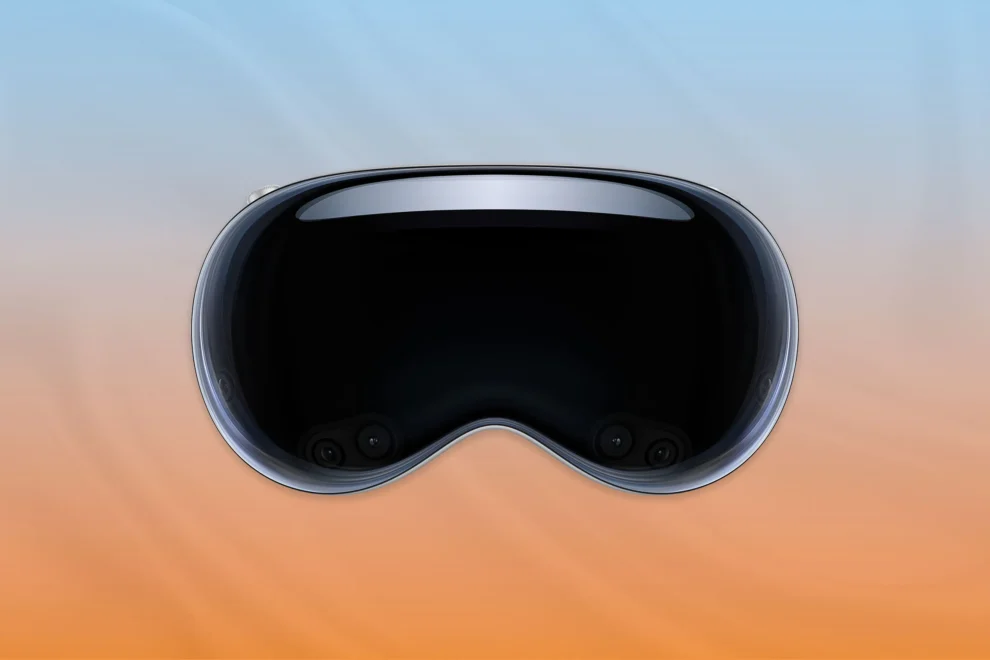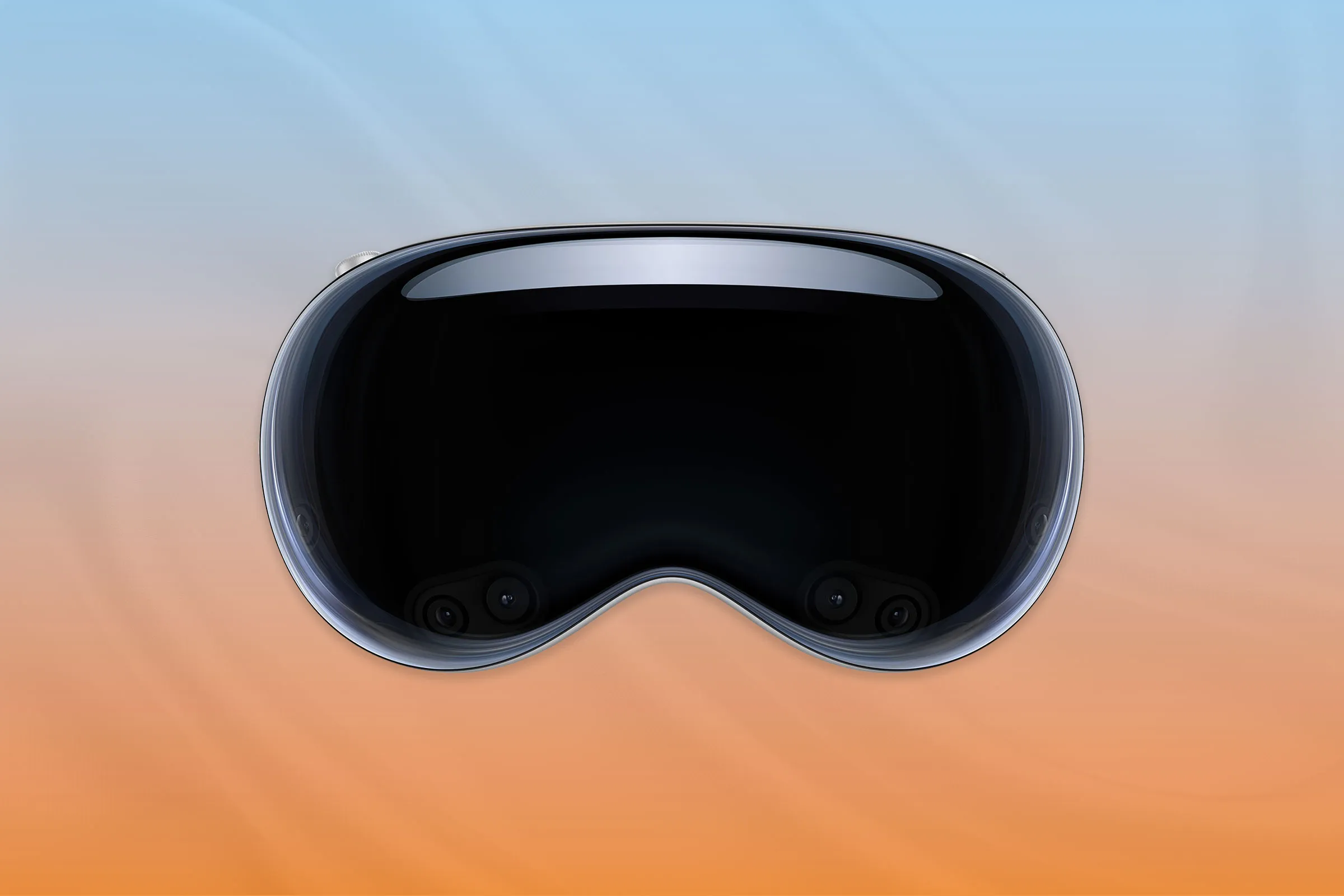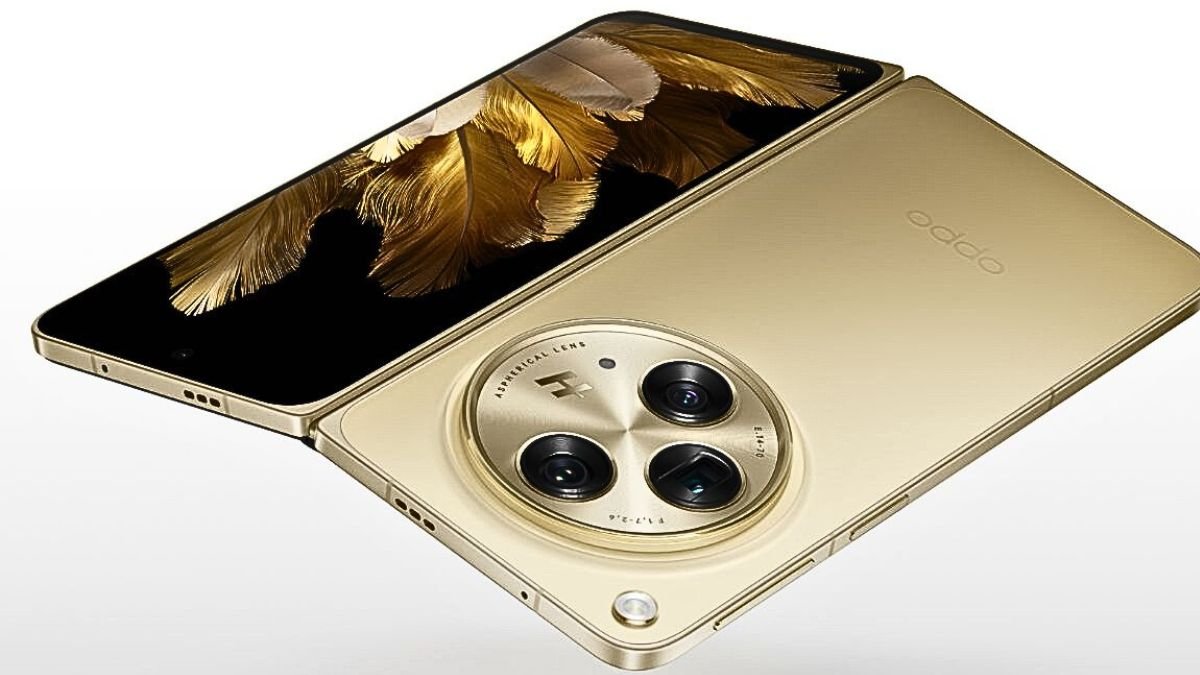Apple is forging ahead in the wearable technology space with innovations that could redefine personal computing. The introduction of Apple Vision Pro and ongoing speculations about Apple Glasses are at the forefront of these developments, showcasing Apple’s ambition to blend digital and physical worlds seamlessly.
Key Highlights:
- Apple Vision Pro offers an immersive mixed reality experience with high-resolution micro-OLED displays, eye tracking, and hand gestures control.
- The device features more than a dozen cameras and sensors, supporting 3D photo and video capture.
- Vision Pro is designed for an array of applications, from entertainment to professional use, with a focus on privacy and user interaction.
- Speculations about Apple Glasses include high-resolution projections, smart assistant integration, and innovative control methods.
- Apple’s approach emphasizes seamless integration with existing devices, privacy, and enhancing the iPhone experience rather than replacing it.
Introduction to Apple Vision Pro
Apple Vision Pro marks a significant milestone in wearable technology, integrating advanced features that promise a unique mixed reality experience. With over 4K resolution per eye, eye tracking, and no need for external controllers, Vision Pro introduces a new way to interact with digital content. Its design accommodates glasses wearers and employs eye authentication for security, setting a high standard for accessibility and personalization in wearable devices.
The Speculated Future: Apple Glasses
While Vision Pro focuses on immersive experiences, Apple Glasses are rumored to emphasize augmented reality (AR) through sleek, everyday wearables. Speculations suggest that Apple Glasses will feature high-resolution displays, possibly in 8K, and incorporate Sony Micro-OLED technology for a see-through AR experience. The glasses are expected to support voice interaction with Siri, display notifications, and offer dedicated AR apps and games, possibly leveraging the user’s iPhone for processing to keep the design lightweight and stylish.
Technological Innovations and Challenges
Apple’s wearable devices integrate cutting-edge technologies like micro-OLED displays, LiDAR for environmental understanding, and unique control methods including air gestures and touch controls. However, challenges remain in balancing performance with design aesthetics, battery life, and processing needs. Apple’s strategy likely involves leveraging the processing power of companion devices, like the iPhone, to minimize on-device demands.
Privacy and User Experience
Privacy is a cornerstone of Apple’s wearable strategy. The Vision Pro and speculated features of Apple Glasses prioritize user consent and discreet information display. For instance, Apple’s use of Optic ID for authentication and the decision against integrating cameras directly into AR glasses underscore a commitment to privacy. This approach aims to foster user trust and ensure that wearable technology enhances the iPhone experience without intruding on privacy or comfort.
Apple’s ventures into wearable technology with the Vision Pro and the anticipated Apple Glasses signal an ambitious vision for the future of personal computing. By blending innovative display technologies, user-centric design, and privacy safeguards, Apple is poised to redefine how we interact with digital content in our daily lives. As the tech giant continues to navigate the challenges of wearable technology, its commitment to enhancing user experience while maintaining privacy and security remains clear. The journey towards sleek, powerful, and user-friendly wearable devices is just beginning, promising exciting developments on the horizon.



















